 Perry
Perry
Entry Type: Place
 Perry
Perry
Perry (Perry County)
Perry County
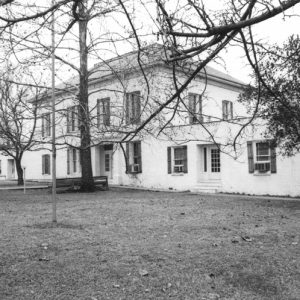 Perry County Courthouse
Perry County Courthouse
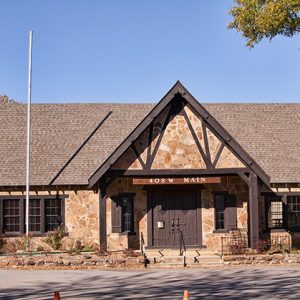 Perry County Historical Museum
Perry County Historical Museum
 Perry Depot
Perry Depot
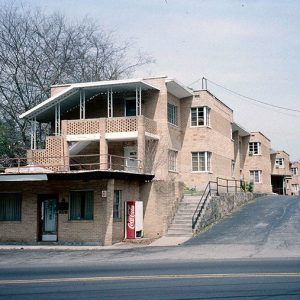 Perry Plaza Court
Perry Plaza Court
Perry Plaza Court Historic District
 Perry Post Office
Perry Post Office
 Perryman Hardware
Perryman Hardware
 Perry's Congress Motel
Perry's Congress Motel
Perrytown (Hempstead County)
Perryville (Perry County)
 Perryville Street Scene
Perryville Street Scene
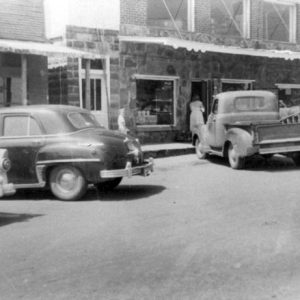 Perryville Street Scene
Perryville Street Scene
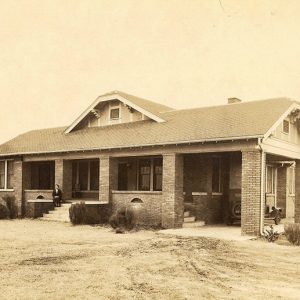 Charline Person Home
Charline Person Home
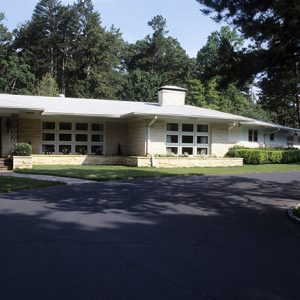 Peter Dierks Joers House
Peter Dierks Joers House
 Peter Dierks Joers House
Peter Dierks Joers House
 Petit Jean Mountain View
Petit Jean Mountain View
Petit Jean Mountain
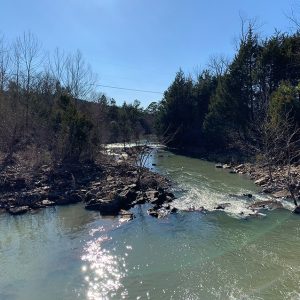 Petit Jean River
Petit Jean River
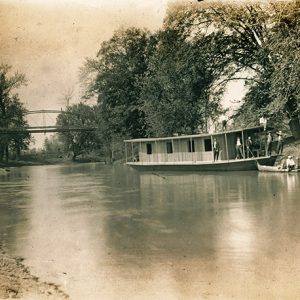 Petit Jean River at Danville
Petit Jean River at Danville
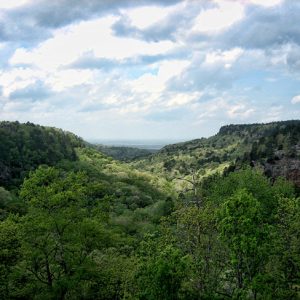 Petit Jean State Park View
Petit Jean State Park View
 Petit Jean State Park
Petit Jean State Park
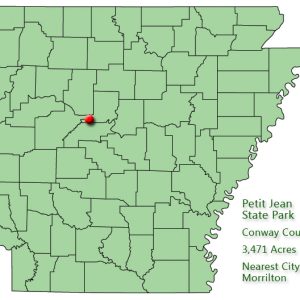 Petit Jean State Park: Park Location
Petit Jean State Park: Park Location
Petit Jean State Park
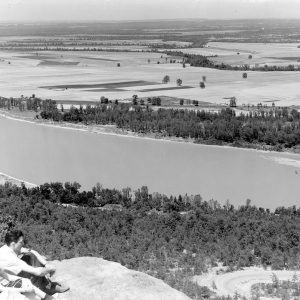 Petit Jean State Park
Petit Jean State Park
 Petit Jean State Park
Petit Jean State Park
Pettigrew (Madison County)
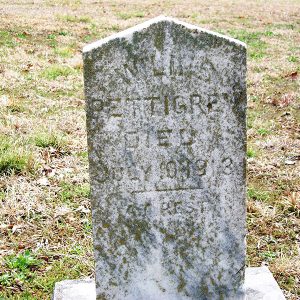 Pettigrew Grave
Pettigrew Grave
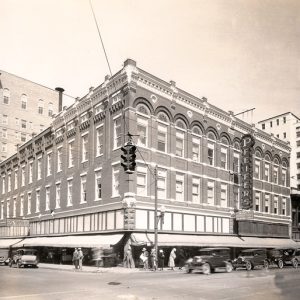 Pfeifers Building
Pfeifers Building
Pfeiffer (Independence County)
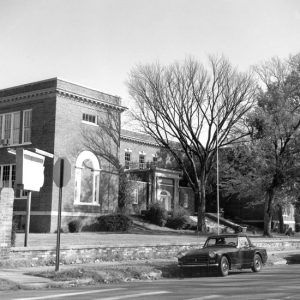 Philander Smith College
Philander Smith College
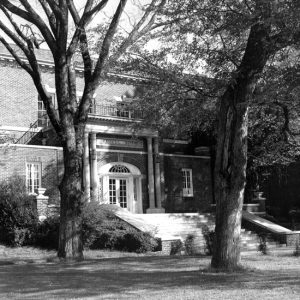 Philander Smith College
Philander Smith College
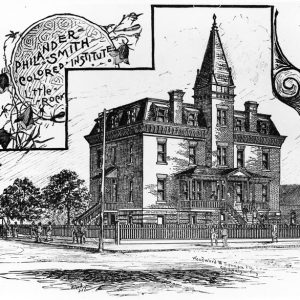 Philander Smith Colored Institute
Philander Smith Colored Institute
Philander Smith University
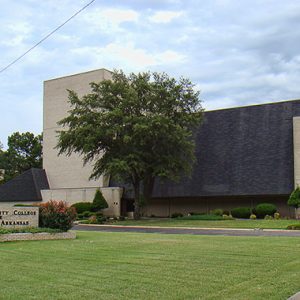 Phillips Community College Fine Arts Center
Phillips Community College Fine Arts Center
 Phillips Community College Lewis Library
Phillips Community College Lewis Library
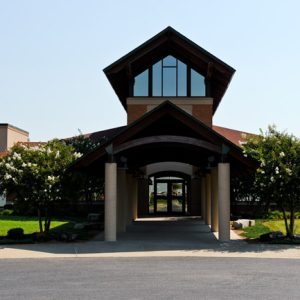 Phillips Community College; Stuttgart
Phillips Community College; Stuttgart
Phillips County
 Phillips County Courthouse
Phillips County Courthouse
 Phillips County Courthouse
Phillips County Courthouse
Phillips County Penal Farm Historic District
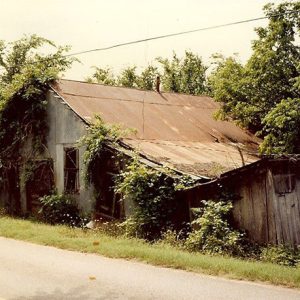 Phillips Store
Phillips Store
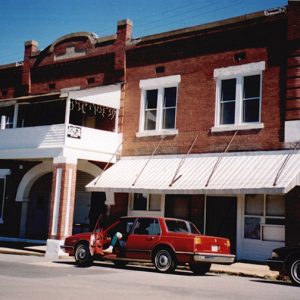 Phoenix Hotel
Phoenix Hotel
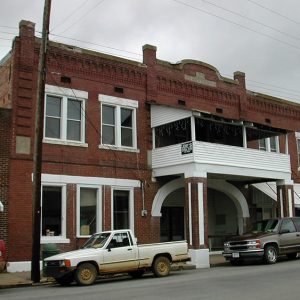 Phoenix Hotel
Phoenix Hotel
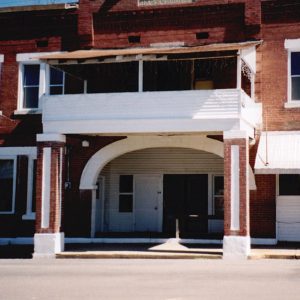 Phoenix Hotel Entrance
Phoenix Hotel Entrance
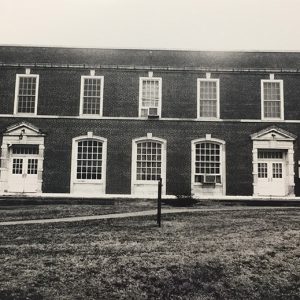 Physical Education Building
Physical Education Building
Pickens (Desha County)
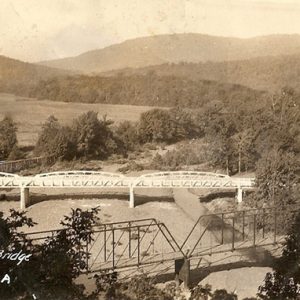 Pig Trail Bridge
Pig Trail Bridge




